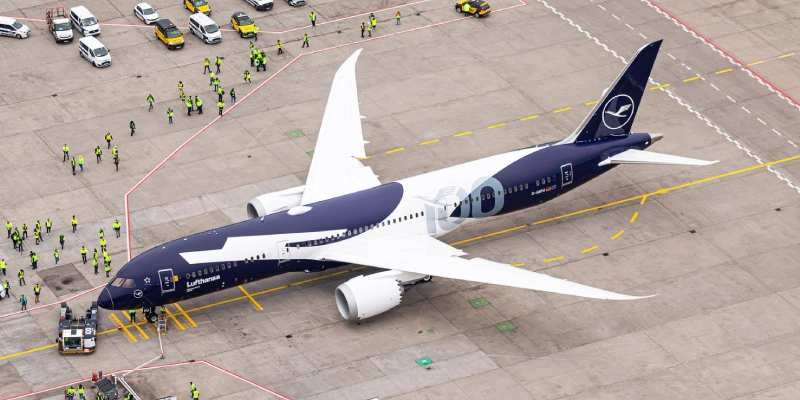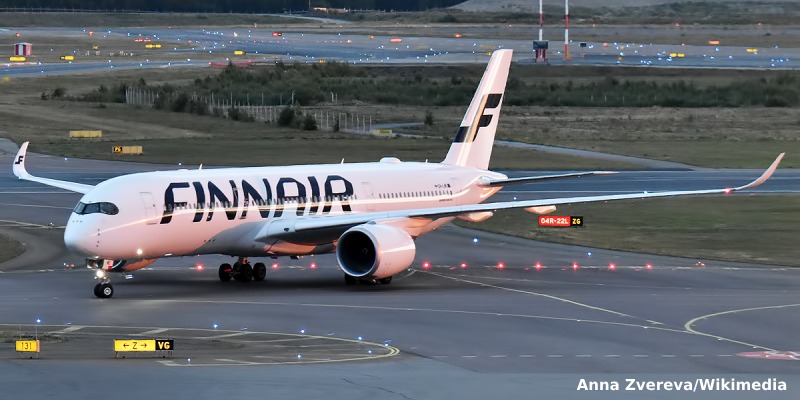The preliminary report on the fatal crash of Air India’s Boeing 787 Dreamliner, which occurred on June 12 in Ahmedabad, may be released this Friday, according to three sources with direct knowledge of the matter who spoke to Reuters. However, they cautioned that the date could change and the scope of the document remains uncertain.
A Deadly Descent After Takeoff
Flight 171, bound for London, plummeted after reaching an altitude of just 650 feet. The impact occurred moments after takeoff, resulting in the deaths of 241 of the 242 people on board, as well as casualties on the ground. Data from the flight and voice recorders, along with a simulation conducted by Boeing, has led investigators to focus on the aircraft’s fuel control switches.
One source detailed that the investigation is centered on the operation of the switches that regulate fuel flow to the 787’s engines. No obvious mechanical failures have been identified so far, nor have any alerts been issued to airlines operating this model.
The specialized publication The Air Current was the first to report on the switches, though it remains unclear what specific actions are being examined. Sources consulted by the same outlet noted that the available data from the black boxes does not confirm or rule out whether improper, accidental, or deliberate actions occurred before or after the loss of thrust.
→ DGCA Warns Air India Express Over Delays in Airbus Engine Repairs and Falsifying Records
Experts Rule Out Accidental Manipulation
U.S. aviation safety expert John Cox clarified that the fuel switches cannot be activated by mistake. “You can’t bump them and make them move,” he stated, adding that if one of these switches is turned off, the effect on the engine would be immediate, cutting power.
An Investigation Under Scrutiny
The inquiry is led by India’s Aircraft Accident Investigation Bureau, following international standards. However, it has faced criticism due to a lack of official communication. It took nearly two weeks to download the flight data, and the Indian government held only one press conference, without taking questions.
Initially, India had rejected the participation of a United Nations investigator, but according to two high-level sources, it reversed this decision. Ultimately, a specialist from the International Civil Aviation Organization (ICAO) was granted observer status in the process. The ICAO declined to comment, stating that any discussion of “cooperative agreements” required state authorization.
Implications for Air India and the Country’s Aviation Sector
The crash is a blow to the Tata Group’s strategy, which since 2022 has led an ambitious campaign to restore Air India’s image and modernize its fleet. The incident also increases pressure on the Indian government’s goal of turning the country into a global aviation hub and job creator, akin to Dubai, which currently handles much of the region’s international traffic.
Indian Congress to Summon Authorities
A parliamentary committee in India will review the civil aviation sector’s safety and has summoned government officials and industry representatives to answer questions this Wednesday. Among the topics to be addressed is the recent Dreamliner crash.
Attention now turns to the preliminary report, which could mark a turning point in transparency and confidence regarding the future of aviation in India.
Related Topics
Air Europa Announces New Non-Stop Route Between Madrid and Johannesburg Starting June 2026
Lufthansa Receives Its Boeing 787-9 in Frankfurt with Special Livery for Airline’s Centennial
Finnair Announces Flights to Melbourne via Bangkok Starting October 2026
EASA Orders Inspections on Airbus A320 Aircraft for Possible Defective Panels

Plataforma Informativa de Aviación Comercial con 13 años de trayectoria.




